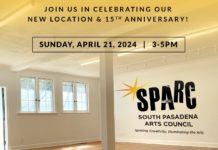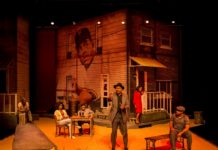
South Pasadena’s transportation watchdogs say Metro shorted San Gabriel Valley cities in both the amount of money and kinds of projects the agency approved in its billion-dollar allocation of SR-710 North corridor mobility improvement projects (MIPs). The money is a mix of Measure R, federal and state funds. More money will come once Caltrans completes the sale of property it owns in the 710 North corridor.
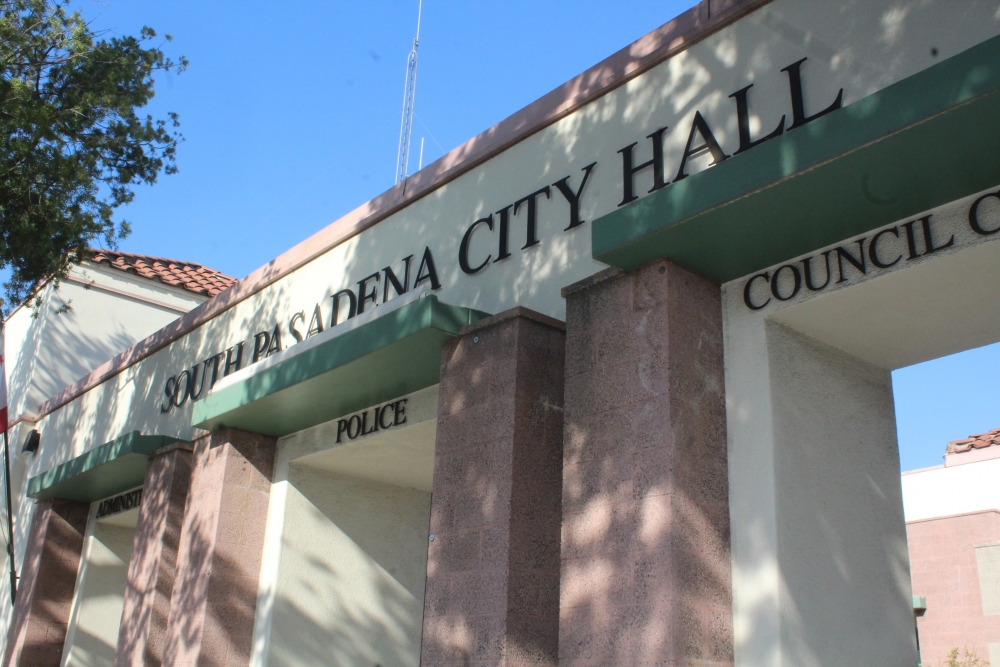
Kim Hughes, chair of South Pasadena’s Public Works Commission (PWC), said the LA Metro area “is getting more of a share” of the money than the San Gabriel Valley. “The funds should have been more equitably allocated.”
In separate decisions December 6,2018 and September 26, 2019, Metro programed a total of $748 million for seven San Gabriel cities (Pasadena, $242m; Alhambra, $241m; Monterey Park, $100m; South Pasadena, $80m; San Marino, $32m; Rosemead, $27m; and San Gabriel, $26m) and $302 million for LA and LA County. The seven cities’ total is higher, but “when you look at the real issue of mitigating the 710 Freeway, the majority of funding truly should be directed to the San Gabriel Valley,” Hughes said. Over the years, “they have been traditionally more impacted.”
And while South Pasadena got $10 million in street upgrades and $70 million for its long-sought hook ramp improvements at Fair Oaks and SR-110, the city got only about 60 percent of the funds it requested. On average, project sponsors got 80 percent of their asks.
“We only got hook ramp money, not money for the other things we asked for since Metro is using different criteria for San Gabriel Valley Measure R money than for LA City/County” allocations, said Joanne Nuckols, chair of South Pasadena’s Freeway and Transportation Committee (FTC).
The city’s PWC and FTC have scheduled a joint meeting for Oct. 15.
In Phase 1 last year, the South Pasadena asked Metro to program $20 million for road upgrades along Fremont Ave., Huntington Dr. and Fair Oaks Dr., a package that includes “key projects” in the city’s 2011 Bicycle Master Plan. Metro programmed only $10 million. In Phase 2, the city asked for the remaining $10 million, but in its Sept. 26 decision, Metro again declined.
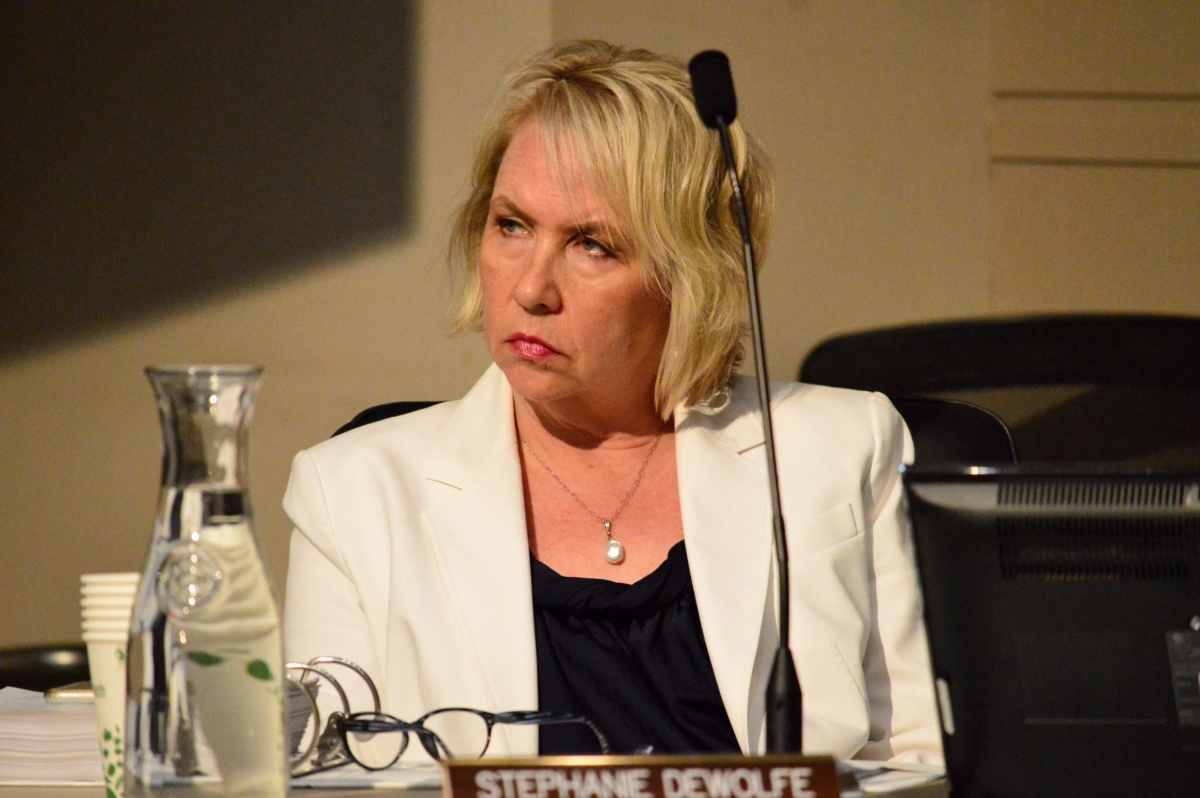
Metro also rejected the city’s Phase 1 request for over $15 million in safety improvements and a study related to additional safety measures, as well as a bus to connect neighboring cities. In Round 2, the city scaled back this ask to $5 million, but Metro still didn’t bite. Metro also rejected the city’s request for an additional $20 million in hook ramp funding and several programs for which the city did not provide estimates.
Many critics, including South Pasadenans Brian Bright, Bill Sherman and Nuckols, told the Metro Board they were also upset over timing. Sherman said they had only three days to review Metro’s proposed list of Round 2 project funding, well short of the 30 days he said Metro board member and District 5 County Supervisor Kathryn Barger promised during an April 8 meeting in South Pasadena.
Metro also got considerable pushback for selecting “car-centric” projects in the San Gabriel Valley while LA and LA County projects tipped toward multi-modal and transit projects.

In addition to the dozen or more who testified Sept. 26, the Board received a joint letter signed by representatives of 19 recreational, neighborhood and environmental groups who complained that the for San Gabriel Valley, Metro staff recommendations “do not include a single transit, active transportation, or other demand-management project to support reducing vehicle trips.”
The groups, including the National Resources Defense Council, No on 710 Action Committee and at least a half dozen Pasadena-based groups, said the recommended projects “are singularly focused on enhancing vehicle capacity, to the detriment of public health, public safety, greenhouse gas emissions, and the region’s worst-in-nation air quality.”
They identified 20 projects estimated at over $210 million that had multi-modal benefits but were not adopted.
The letter noted that while Metro said it invited cities to submit a wide range of projects, there were reports over the past nine months that Metro staff “declined requests to integrate safety measures and pedestrian, bicycle, and transit improvement to corridor projects.” The city managers of Alhambra, Pasadena and South Pasadena were so concerned about this, they sent a joint letter to Metro in March asking the Board to clarify its priorities. Nevertheless, every multi-modal project sought by San Gabriel Valley cities, including Bus Rapid Transit, Gold Line shuttles and others were “unjustifiably rejected.”
The groups demanded the Board “intervene and make this right,” but it voted for the package as it stood.
Metro’s Sept. 18 staff report made a case for the priorities and projects it selected. Its key decision framework, May 2017’s Motion 29.1, which adopted the projects prescribed under the Transportation System Management/Transportion Demand Management alternative selected in lieu of a 710-North surface freeway or tunnel, called on staff to identify additional mobility projects that would “improve traffic flow along the SR-710 corridor between 1-10 and 1-210 as well as mobility improvements in the city and county of Los Angeles.”
It said staff “supported investing in major arterials and/or the freeway interchanges in San Gabriel Valley that are and/or will be overburdened by the escalating vehicular demand “ on heavily used alternative routes, and cited Motion 29.1’s reference to state and federal funds dedicated “for use in the Central sub-region comprised of parts of the City of Los Angeles and unincorporated East Los Angeles for multi-modal and safety enhancement projects.”




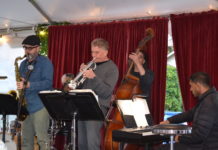

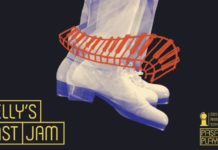

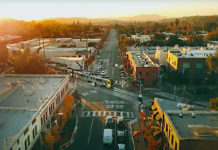

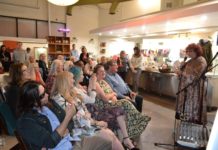







.png)







